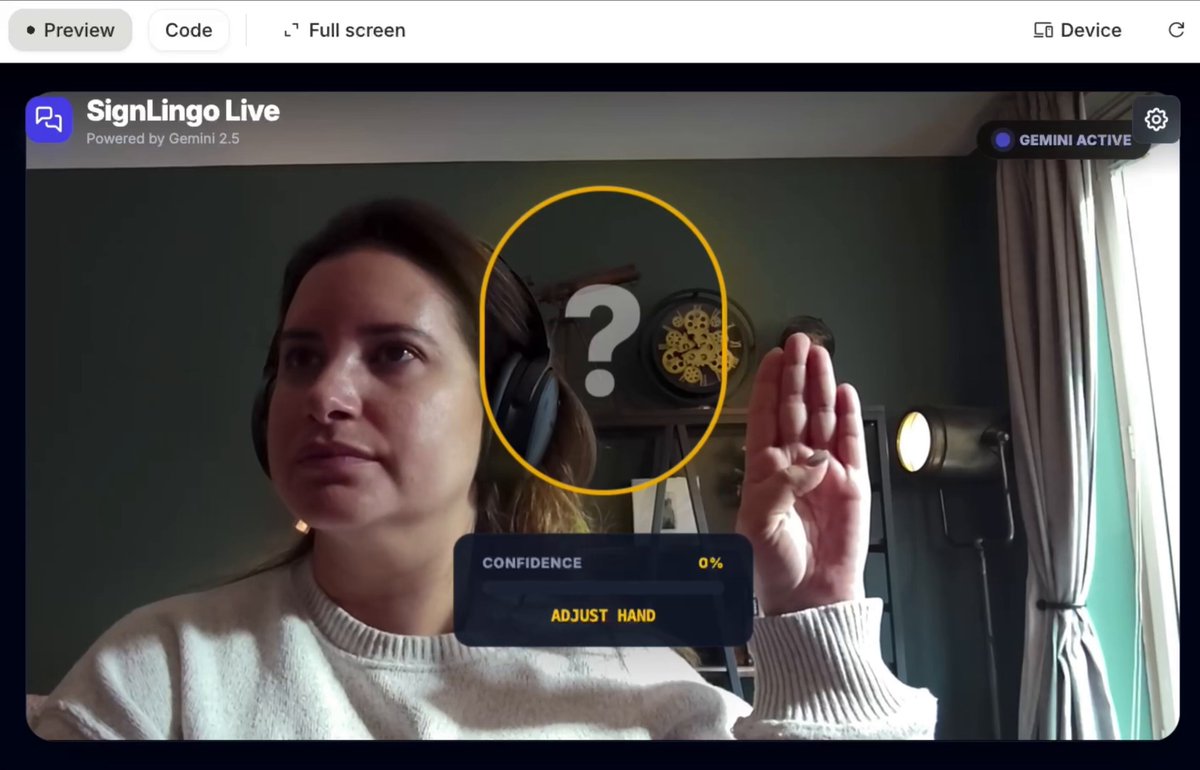Tech Twitter
We doomscroll, you upskill.
Finding signal on X is harder than ever. We curate high-value insights on AI, Startups, and Product so you can focus on what matters.


Allie K. Miller
#1 Most Followed Voice in AI Business (2M followers). Former Amazon, IBM. Time100 AI. Fortune 500 and startup AI advisor, public speaker. AI-First courses in
Page 1 • Showing 4 tweets
What makes for a multi-agent super user? I chatted with someone at the AI labs who described the most successful agent users as having “multithreaded brains.” Are people with ADHD better at managing multiple agents at once? Watching all the power and capability shifts (like who became a good prompter), and it feels like another is coming.
Gemini 3, are you freaking kidding me. Vibe coded a sign language recognition app with video enabled, confidence scores, sampling settings, and tips in under 5 minutes. Code written with Gemini-3. Gemini-2.5 handling detection. Video is sped up 2x.

More non-engineers should be learning to use Claude Code. Two things stopping them: 1) it’s in a terminal and terminals are icky for business folks (if you say “omg no it’s so easy”, it’s probably because you’re a dev) 2) Most use cases I’ve seen shared online are either too complex or can be accomplished just as effectively with web-based Claude ai TLDR it feels inaccessible. BUT - for the brave and early adopters among thee - there are specific use cases where Claude Code offers distinct advantages, particularly for working directly with files and systems *on your computer* without uploading anything to web applications. Examples from people using it: - analyzing and batch-translating audio files - improving image quality across hundreds of screenshots - the growth marketing team at Anthropic built workflows that process hundreds of ads, identify underperformers, and generate new variations within strict character limits using specialized sub-agents Most of those still skew technical. Here are crazy easy examples for non-engineers looking to start: - create a new document in x folder - edit said document and save a new version - create a fake csv of data, ask for 3 HTML files with 3 different presentations of it (interactive dashboard, slides, slides in McKinsey style) - ask why the heck your computer is slowing down or acting weird (ex: checking Activity Monitor, memory, disk space, and suggesting specific fixes) - review your document and file management structure and get recommendations for improvements - process computer files with batch updates like rename/reorganize/reformat hundreds of files following specific rules (add “_FINALFINALv3” to the end of each file name in my client presentation folder) - extract insights from a folder of local files without uploading them (ex: review all contracts in my contracts folder and pull out key risks or renewal dates) - analyze content across multiple files (ex: review all presentations in my client pitch folder and identify gaps in sales messaging) The core advantage: you’re working with systems and files locally. What I have been saying for over 5 years and just now really starting to feel because of Claude Code: AI is an OS. These systems will undoubtedly become more accessible over time. For now, Claude Code is still mega calibrated for engineers or the very early adopters within non-technical groups. The vast majority of engineers in silicon valley have been using these systems for months. I’m advocating for non-engineers to start experimenting NOW. If you guys want a crazy easy to follow tutorial on setting up Claude Code on a Mac, similar to what I created for Claude computer use, let me know in the comments. (And I’d maybe also include my top tips so you don’t have to memorize all the command options )